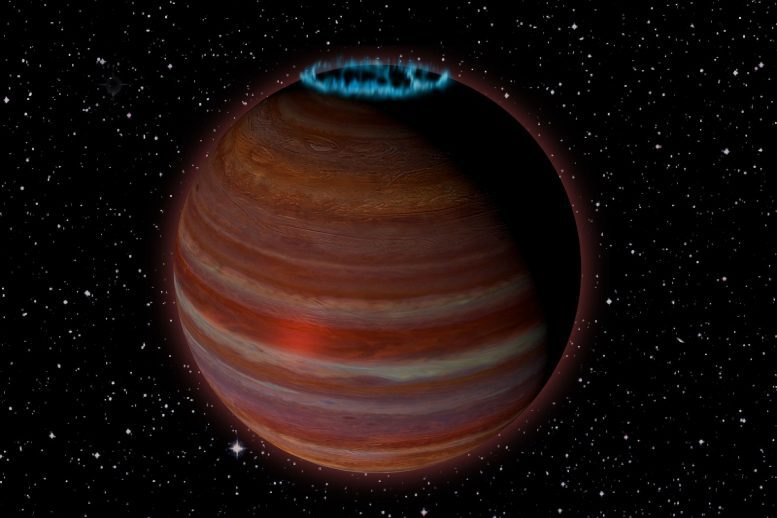
"This gives us a window into these worlds that we would otherwise not have," said Samson Johnson, an astronomy graduate student at The Ohio State University and lead author of the study. "Imagine our little rocky planet just floating freely in space — that's what this mission will help us find."
The study was published today in the Astronomical Journal.
The study calculated that NASA's upcoming Nancy Grace Roman Space Telescope could find hundreds of rogue planets in the Milky Way. Identifying those planets, Johnson said, will help scientists infer the total number of rogue planets in our galaxy. Rogue, or free-floating, planets are isolated objects that have masses similar to that of planets. The origin of such objects is unknown, but one possibility is they were previously bound to a host star.
"The universe could be teeming with rogue planets and we wouldn't even know it," said Scott Gaudi, a professor of astronomy and distinguished university scholar at Ohio State and a co-author of the paper. "We would never find out without undertaking a thorough, space-based microlensing survey like Roman is going to do."
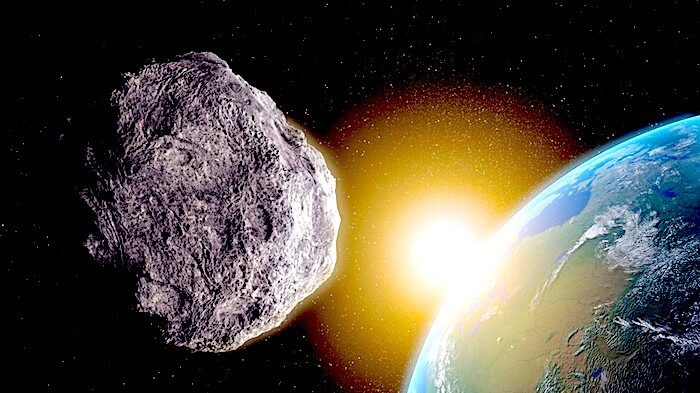

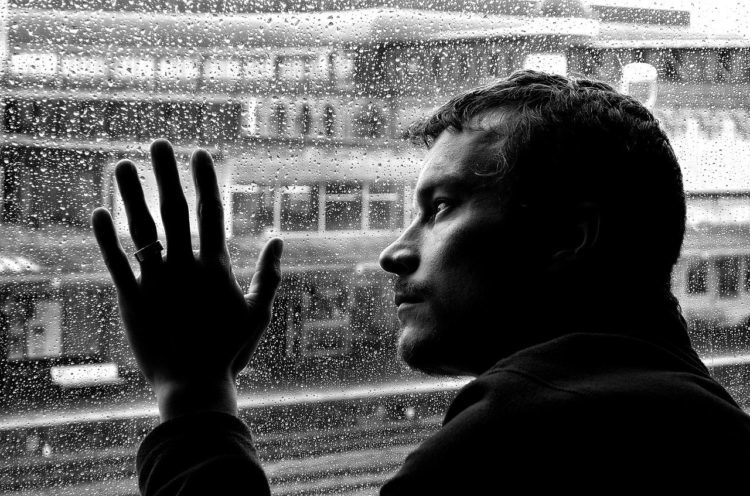
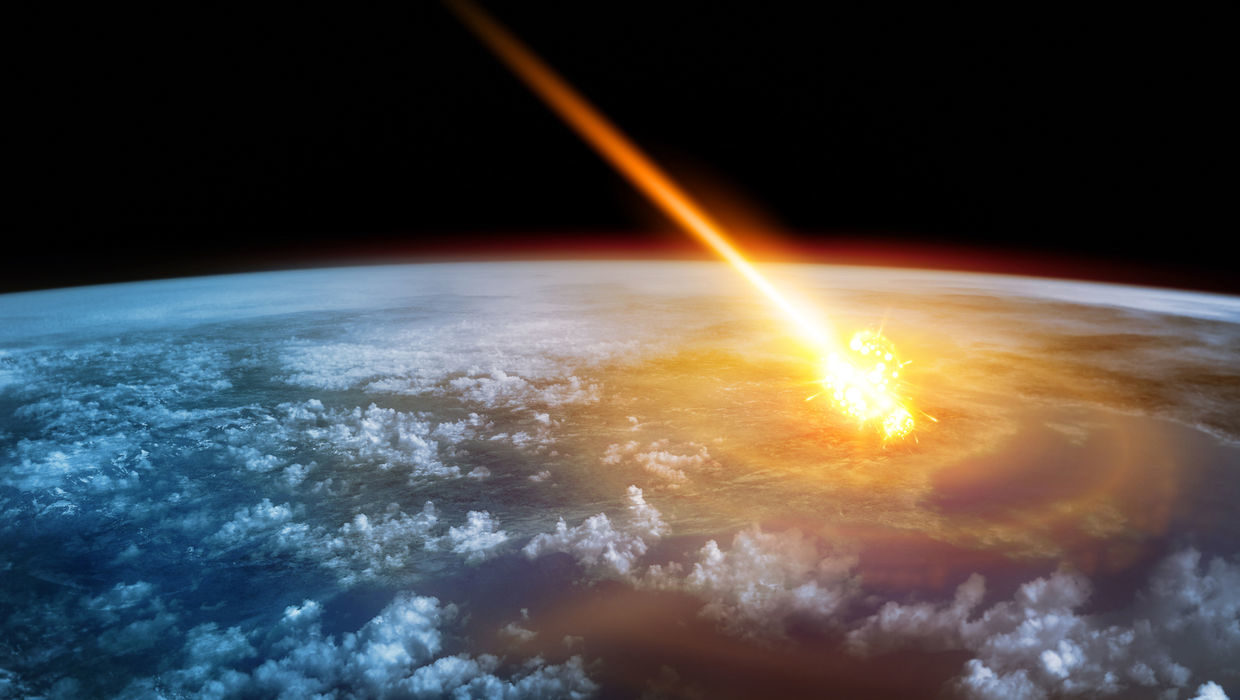

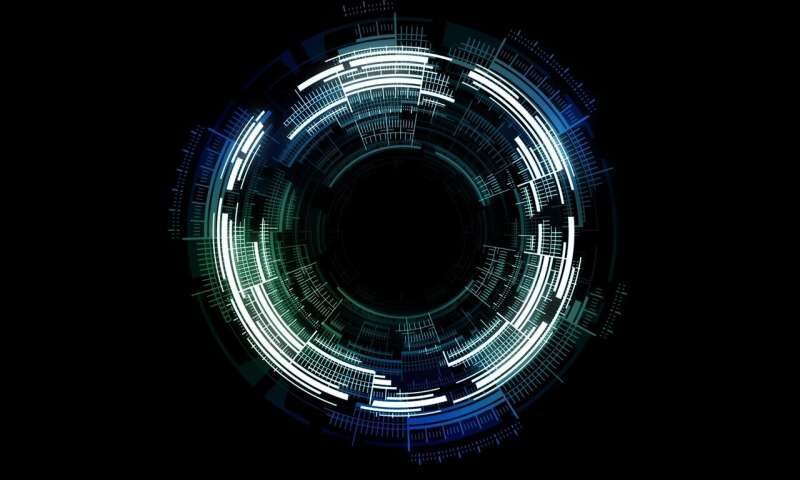
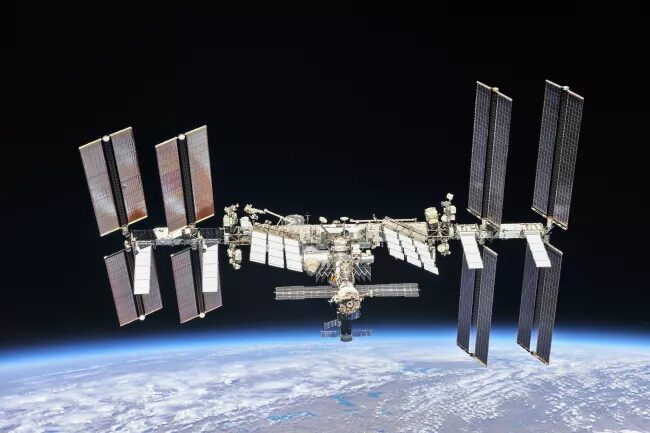

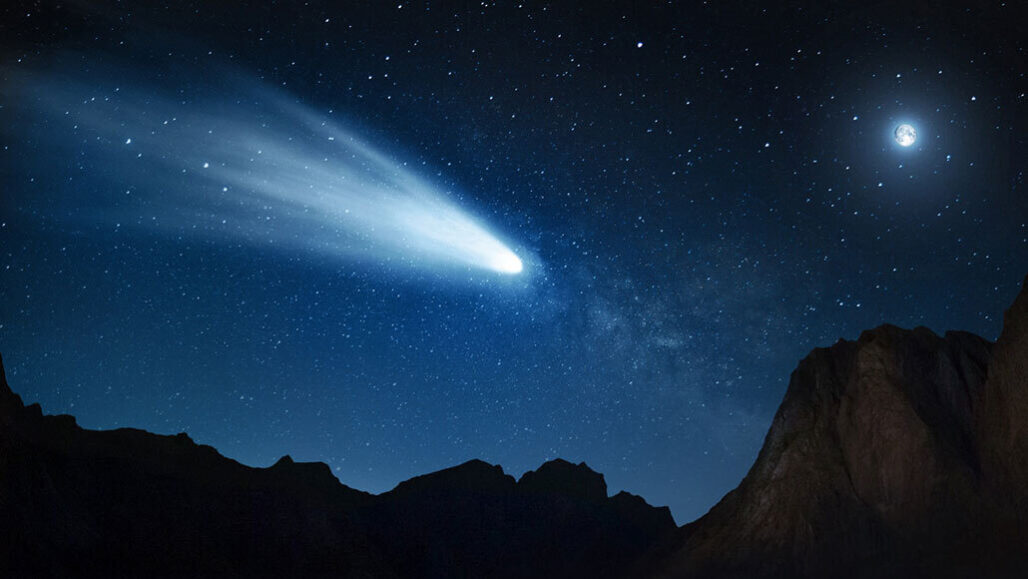



Comment: We wonder if such rogue planets might sometimes wander into existing solar systems, too? Does our solar system contain any ex-rogues?